Sloan Automotive Laboratory Media Gallery
Pictures
Hover over or click on an image for larger size and more details.
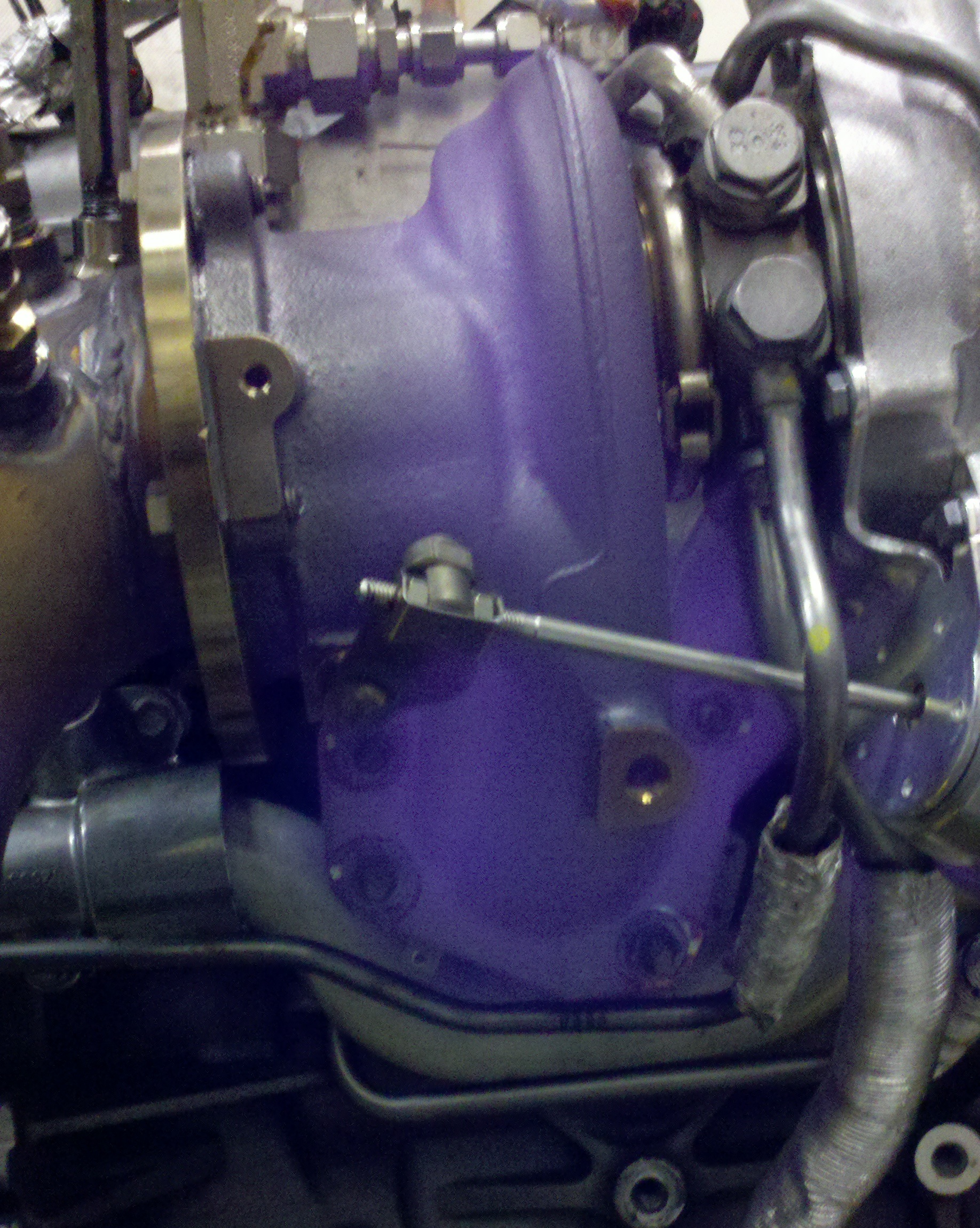
Cell phone picture showing a glowing turbocharger.

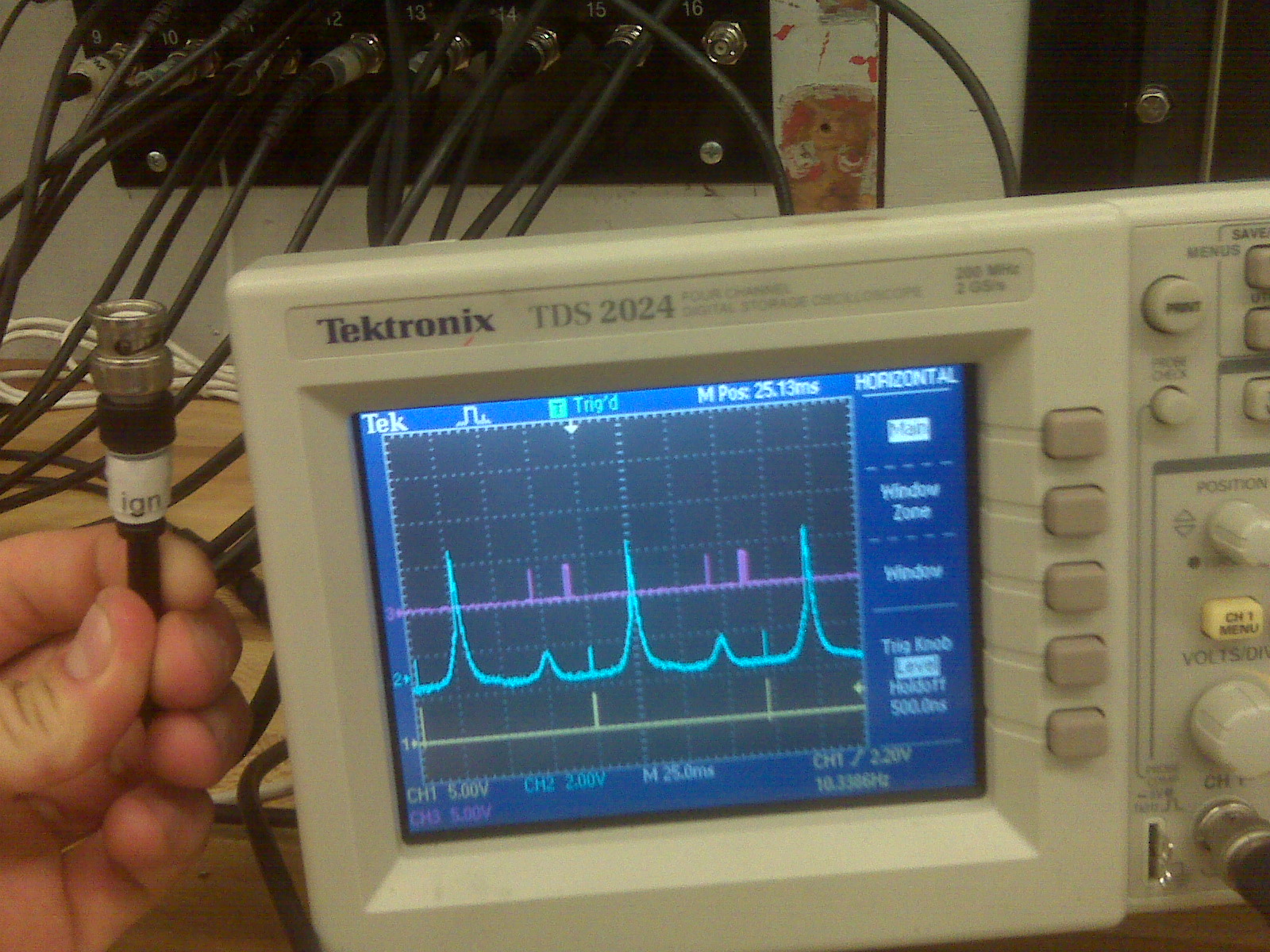
Oscilloscope trace of HCCI combustion with NVO and no spark.


This engine has optical access to the combustion chamber. The oil has an additive that fluoresces when excited by a specific wavelength of laser light. This Laser Induced Fluorescence is used to observe oil transport around the piston in a running engine.

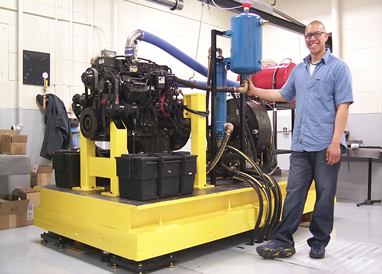
Sloan Lab alumnus Jeremy Llaniguez with a 2002 Cummins ISB 300 engine, now used for diesel emissions studies.

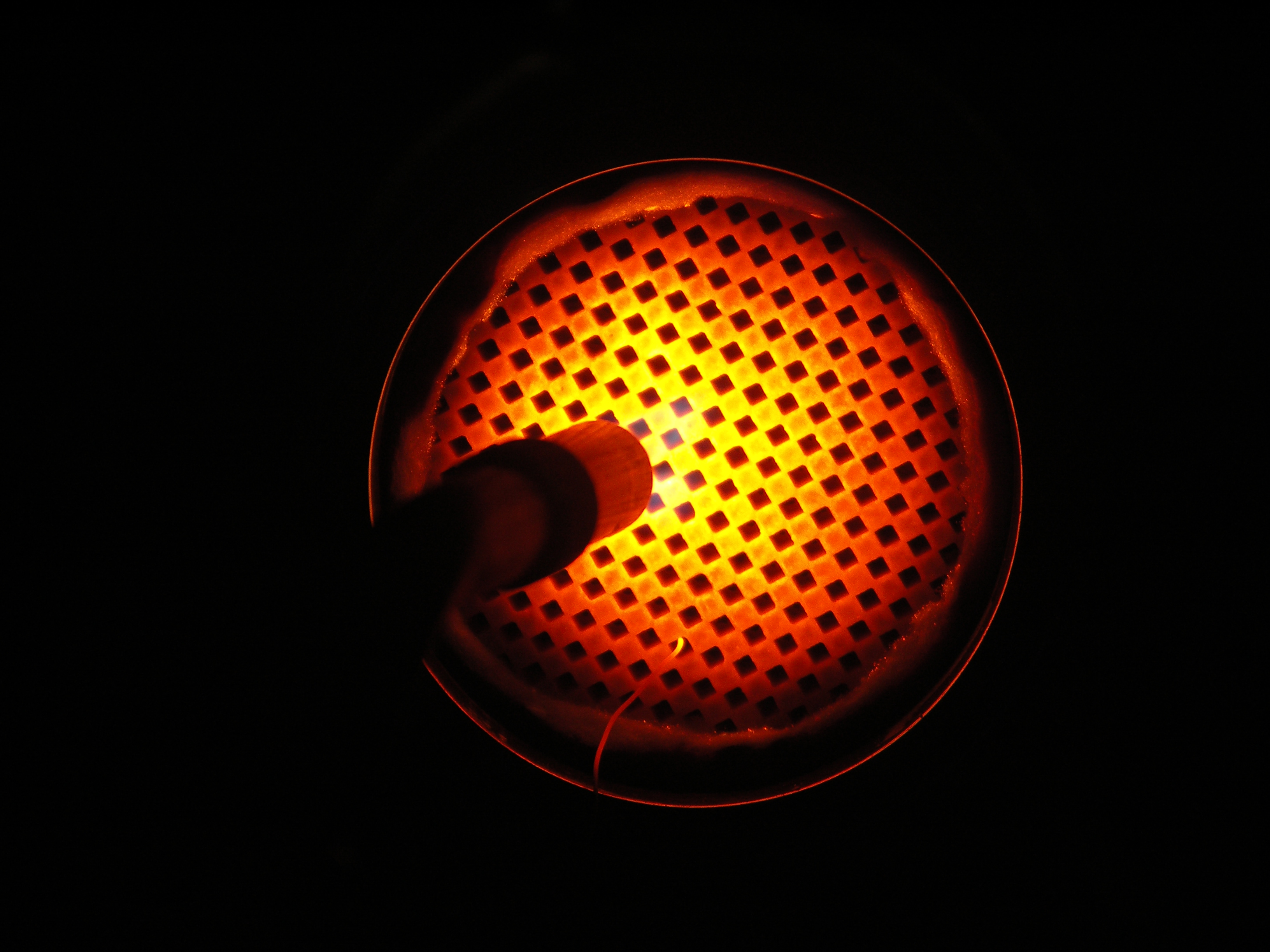
Ceramic Diesel Particulate Filter (DPF) thermal stress evaluation.

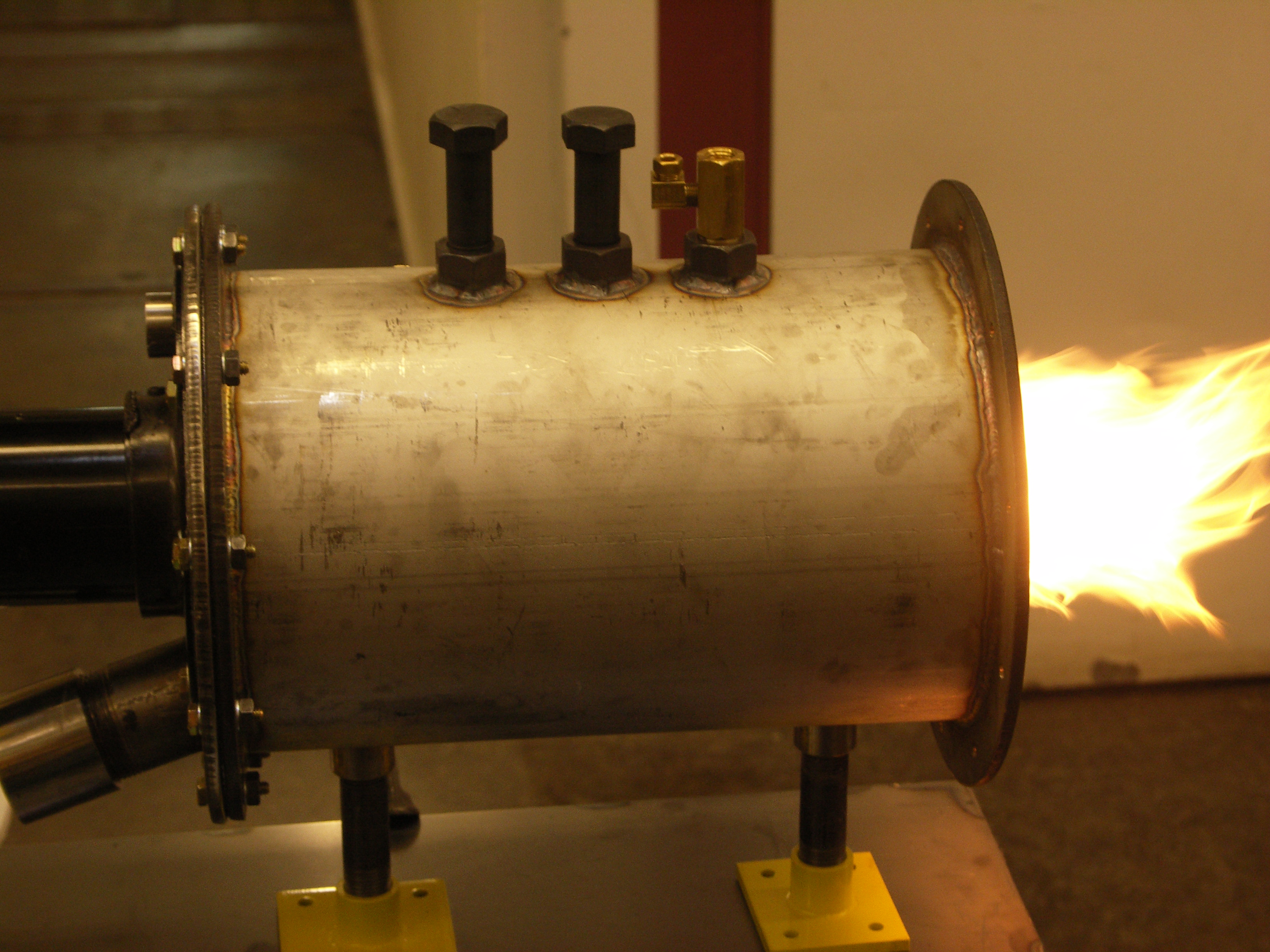
Commissioning diesel burner system as part of the emissions after-treatment accelerated aging setup.

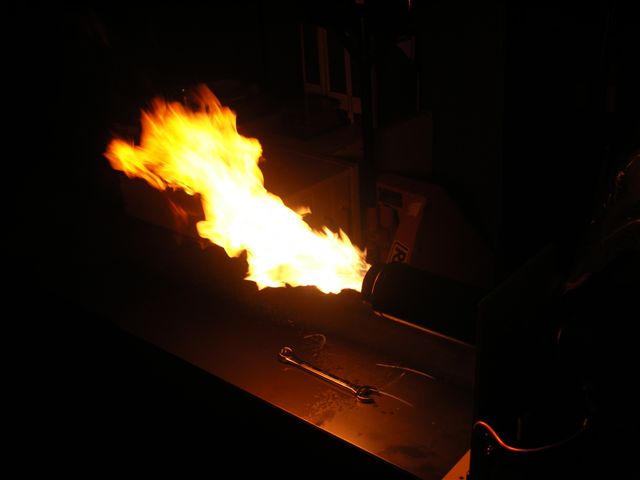
Commissioning diesel burner system as part of the emissions after-treatment accelerated aging setup.

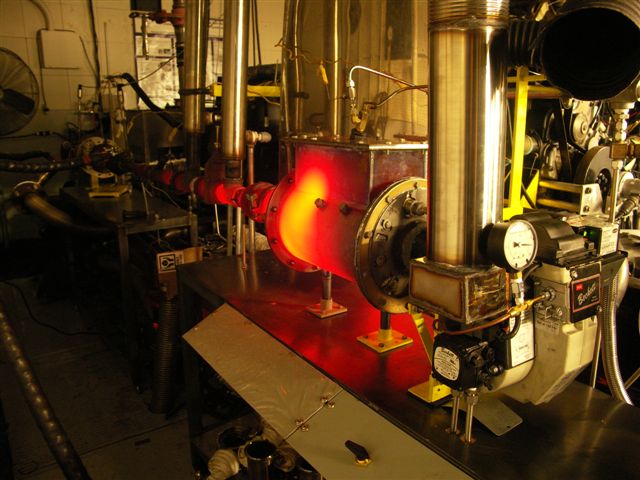
Accelerated aging and ash loading system for evaluating long-term performance of emission control systems.

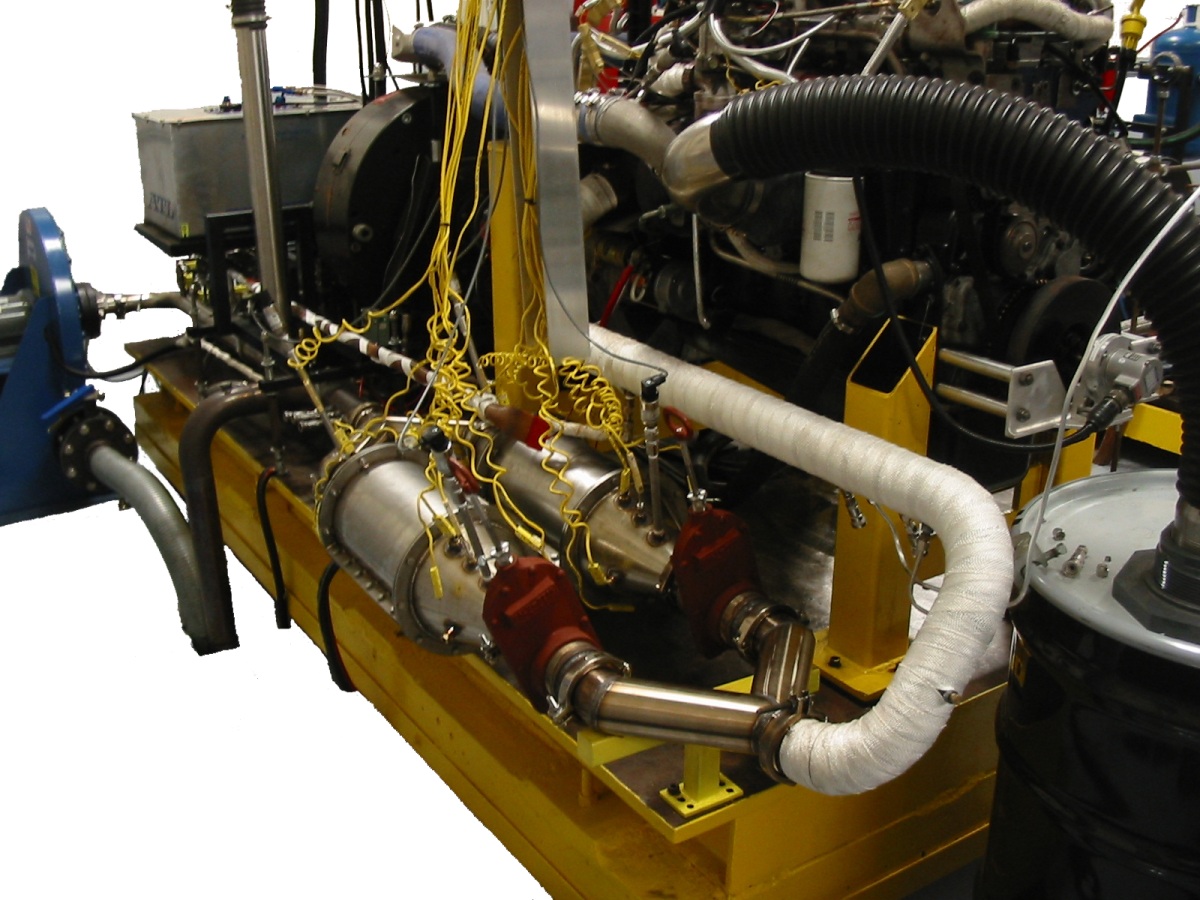
This test shows two Diesel Particulate Filters (DPFs) installed on a Cummins ISB 300 engine for particulate matter (ash and soot) loading experiments.

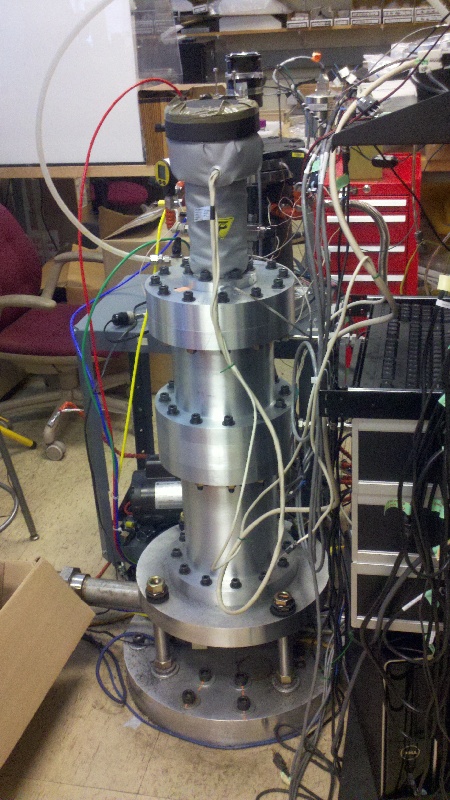
The structure that looks like an aluminium wedding cake is actually a vertical-axis Rapid Compression Machine (RCM). It was built by lab alumnus Amir Maria to test the ignition characteristics of fuels for HCCI combustion.


This picture shows the mixture preparation unit for the vertical-axis RCM.

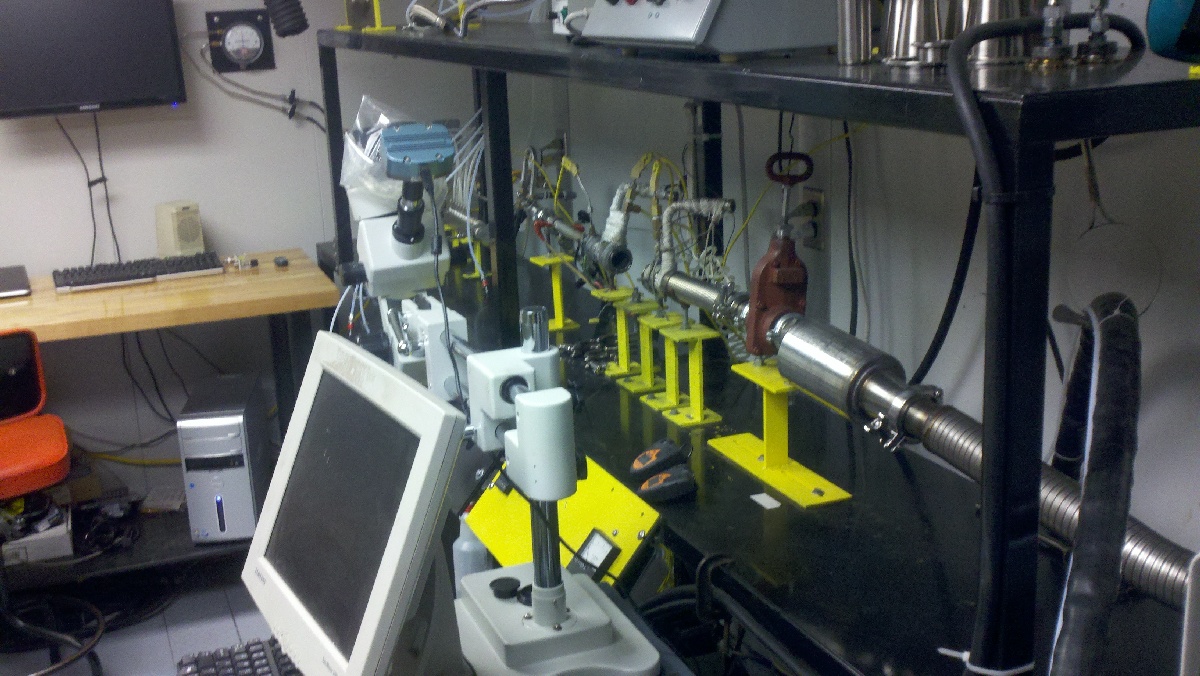
This is a flow bench used to test flow characteristics of Diesel Particulate Filters. In the foreground is some optical equipment used to visually monitor ash and soot development.


This optical-access Mazda Rotary engine permits a realtime view inside a running engine through a transparent wall. It uses similar technology to the other LIF engine.


This is a closeup of the Mazda Rotary engine transparent wall.

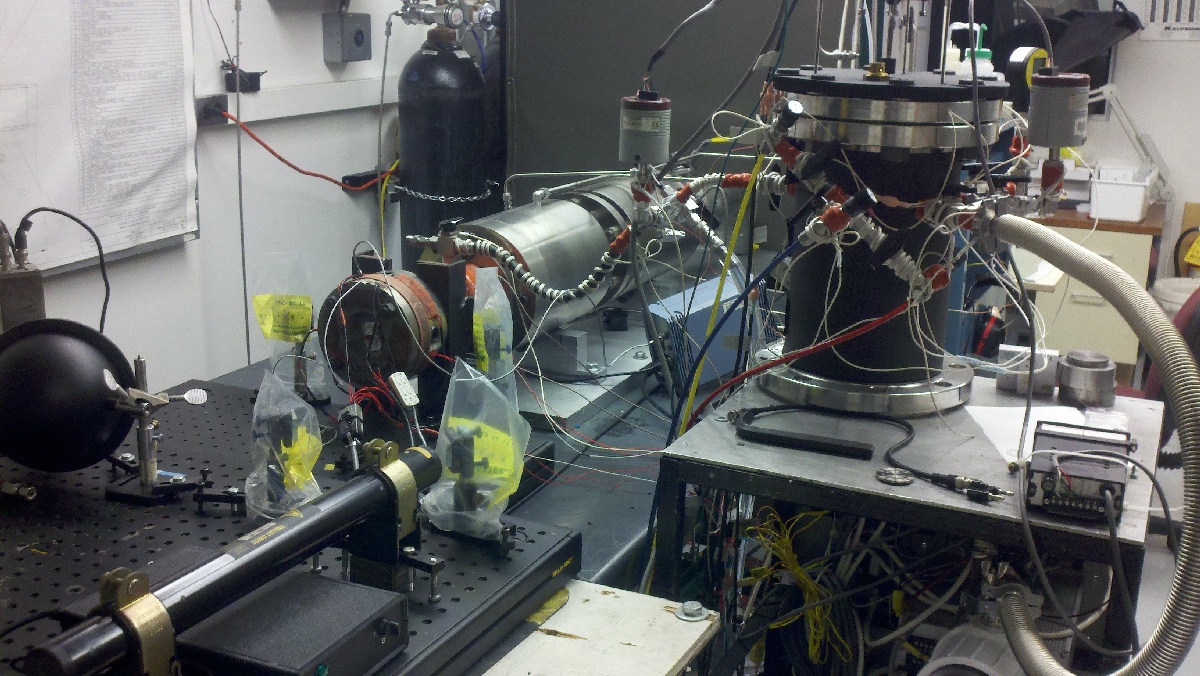
This horizontal-axis, optical-access Rapid Compression Machine (RCM) was built by lab alumnus Ioannis Kitsopanidis who later went on to work in Formula One. It permits visual and LASER access to the combustion chamber to characterize combustion.


Seen here is the fuel mixture preparation unit and the control panel for the horizontal-axis, optical-access Rapid Compression Machine (RCM).

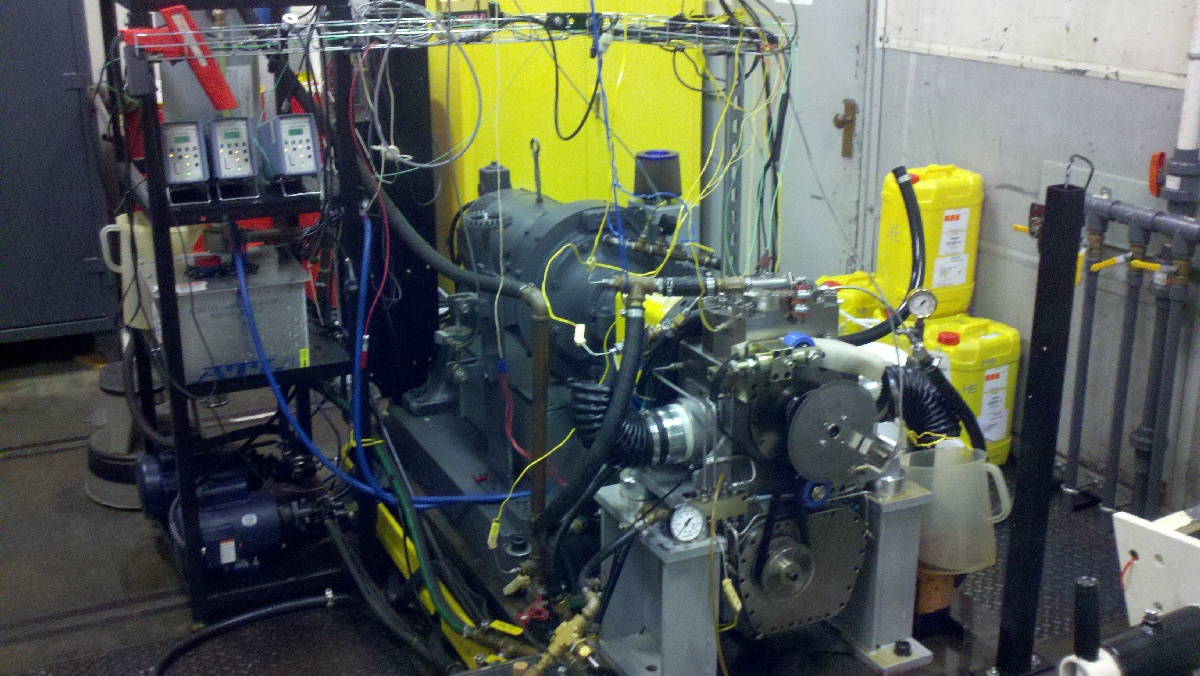
Floating Liner Engine. The combustion chamber walls are not fixed in place in the usual way. Instead, a set of load cells (or force sensors) hold the cylinder liner in place, which permits the measurement of friction forces between the piston and cylinder wall. In the picture shown the head of the engine has been removed.

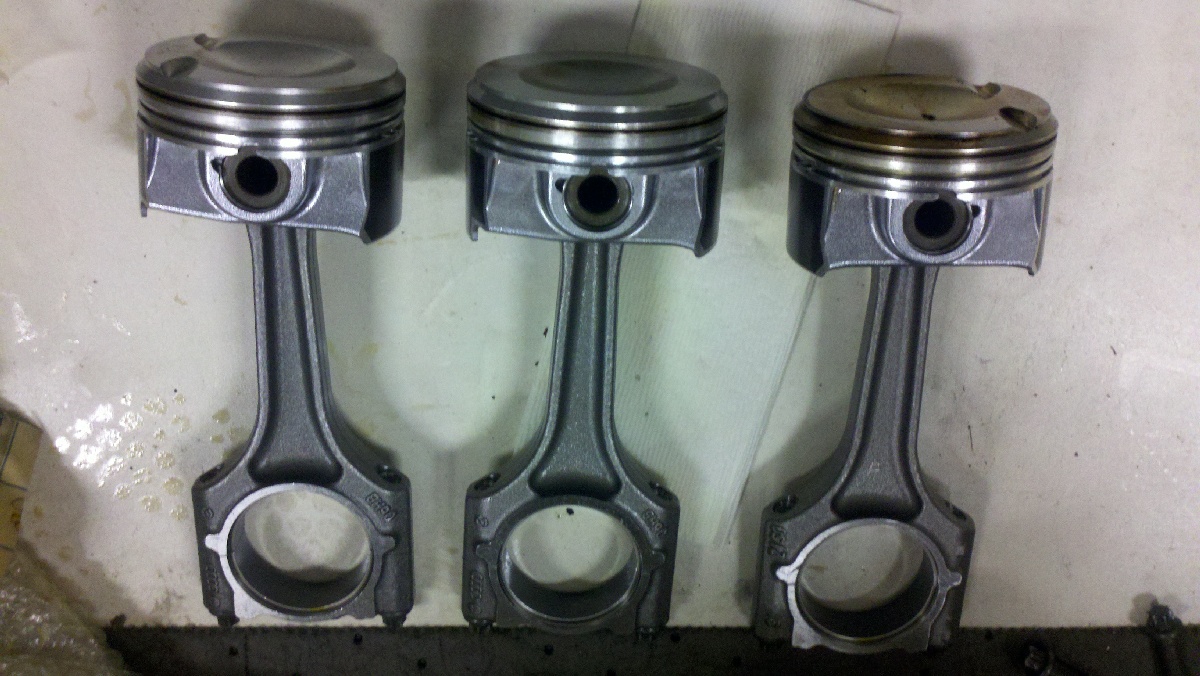
A series of different pistons used in the floating liner engine to test piston-liner friction.


Another view of the floating liner engine with its head removed.

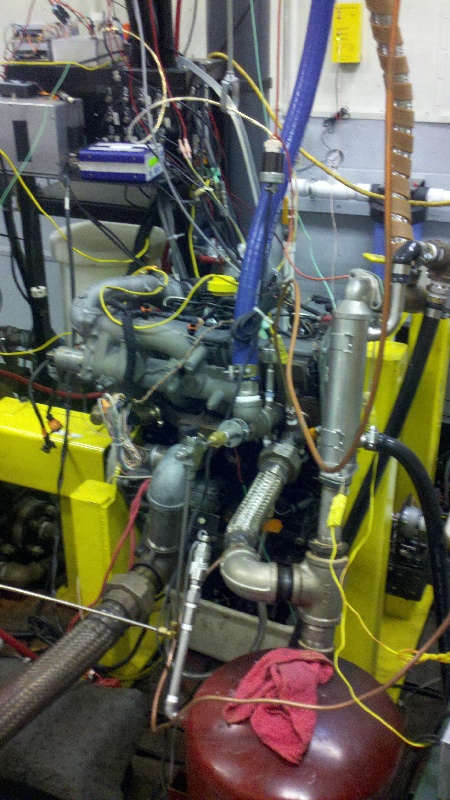
This Renault diesel engine has been modified for 1-cylinder HCCI operation on either Direct Injection (DI) or Port Fuel Injection (PFI). It also has cooled-EGR and electric supercharger systems.

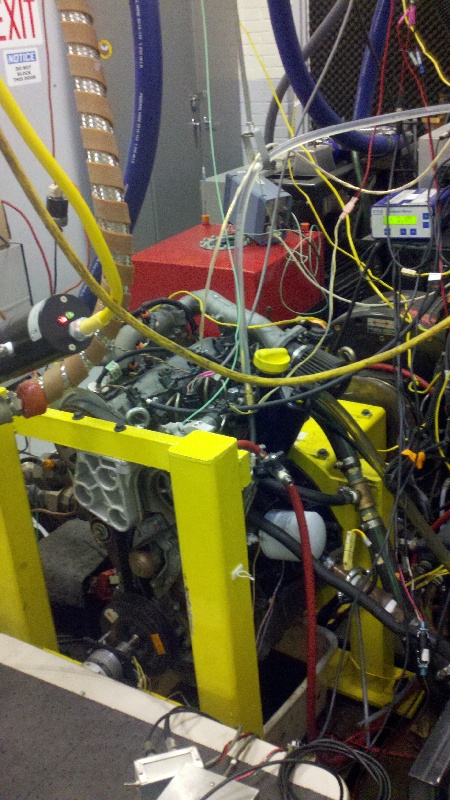
Another view of the Renault HCCI engine.

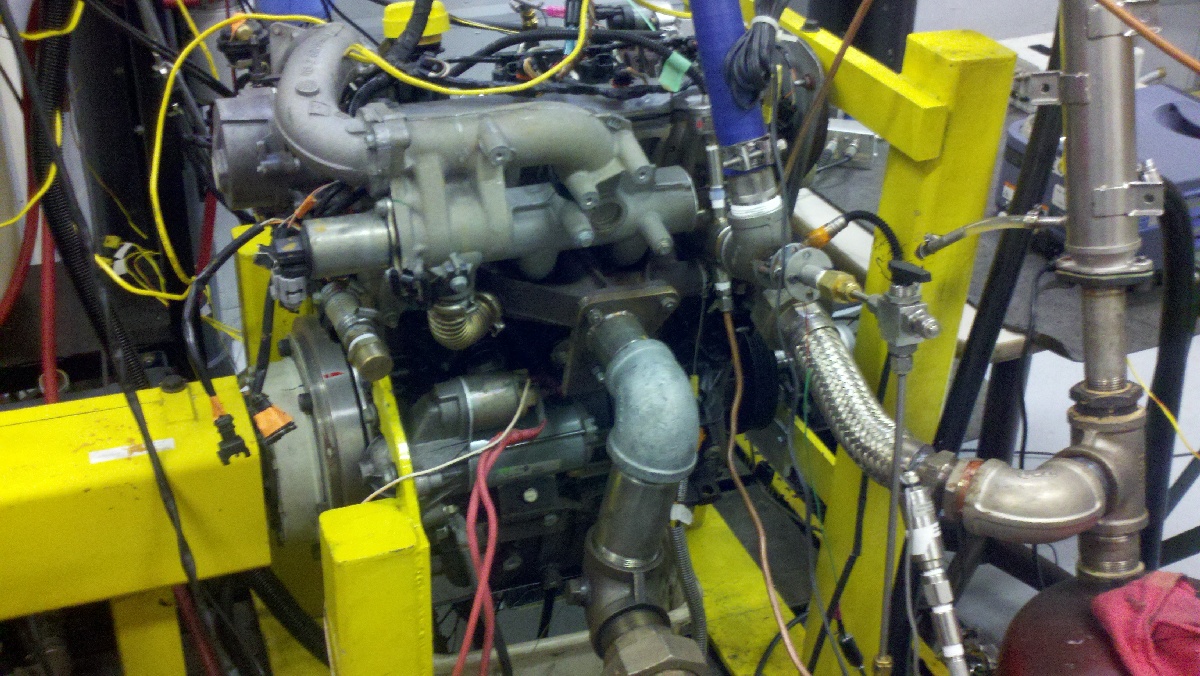
A close-up of the modifications to the intake and exhaust manifold of the Renault HCCI engine.

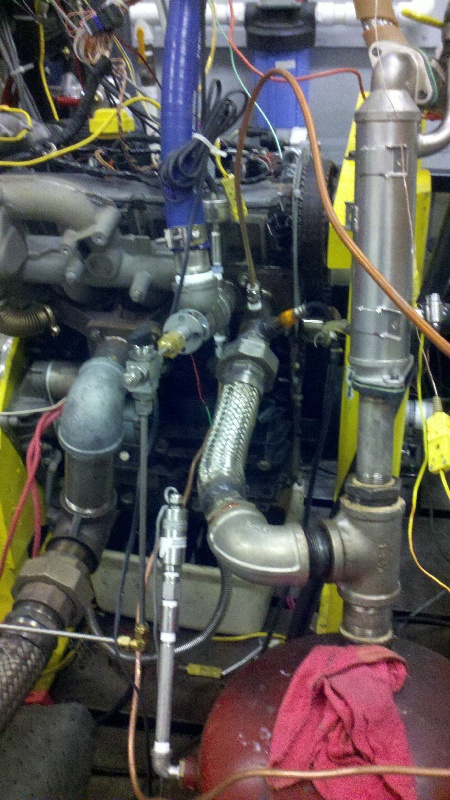
A close-up of the modifications to the intake and exhaust manifold of the Renault HCCI engine.


Underneath the seemingly chaotic emissions instrumentation to measure Particulate Matter (PM) and Unburned Hydrocarbons (UBHCs) is a GM Ecotec 2.0L LNF Turbocharged engine. It is set up for cold-start and medium-load experiments.

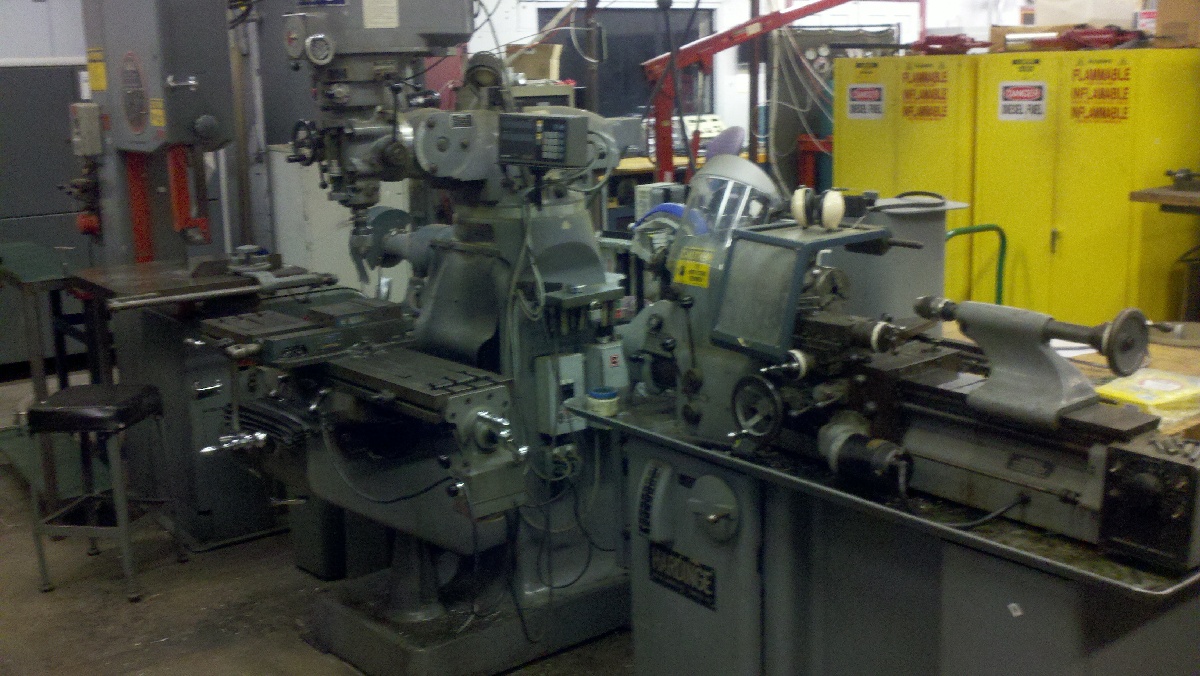
Some of the in-lab production facilities used for producing jigs and fixtures.

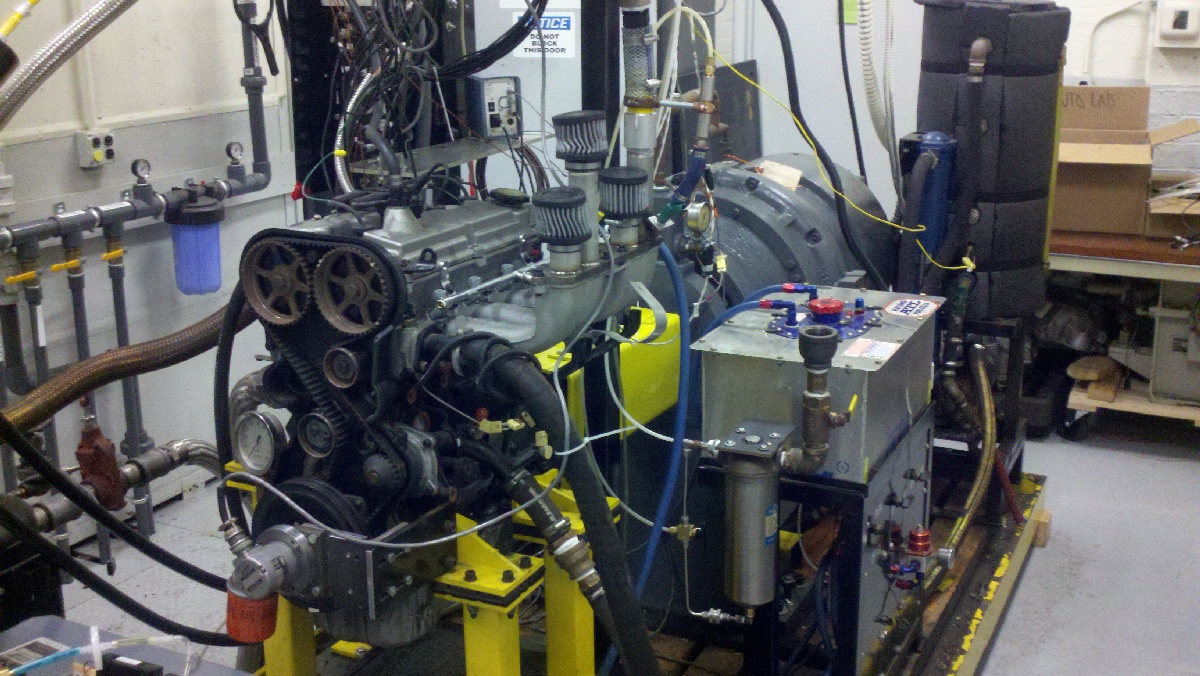
A conventional gasoline Port Fuel Injected (PFI) engine set up to test dilution strategies and cooled exhaust gas recirculation (EGR) effects.

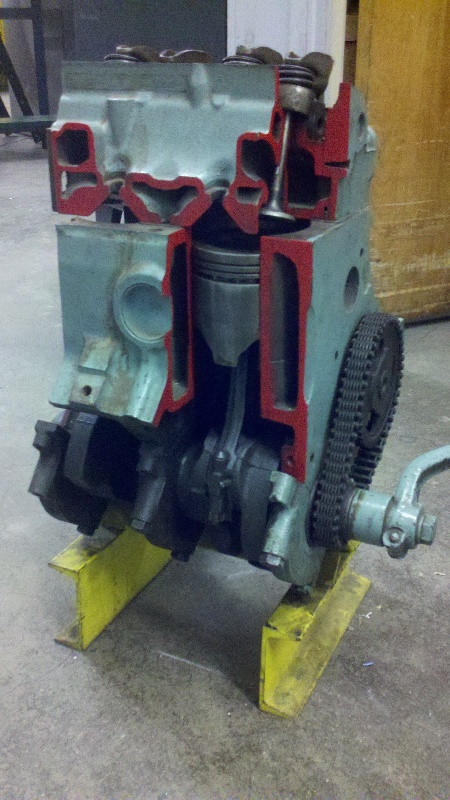
An actual engine that has been sectioned to show its internals. The crank on the right side can be used to rotate the engine and see the motion of the pistons, cam shaft and valves. This is a reminder that, aside from cutting edge research the Sloan Auto Lab is also a teaching lab.


An actual engine that has been sectioned to show its internals. The crank on the right side can be used to rotate the engine and see the motion of the pistons, cam shaft and valves. This is a reminder that, aside from cutting edge research the Sloan Auto Lab is also a teaching lab.

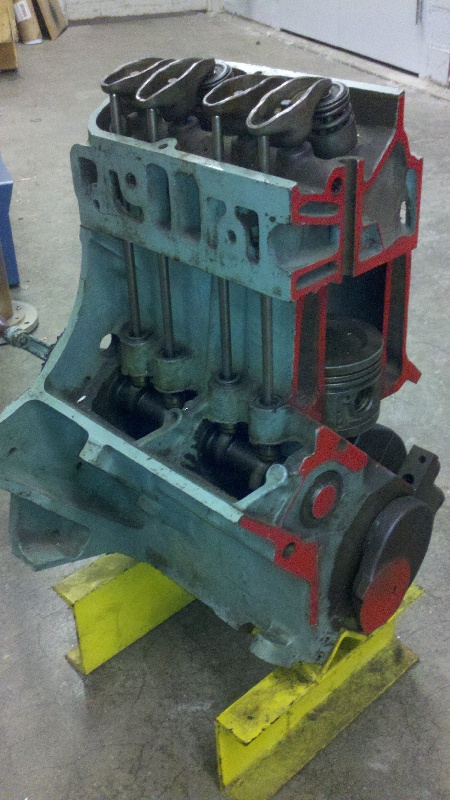
An actual engine that has been sectioned to show its internals. The crank on the right side can be used to rotate the engine and see the motion of the pistons, cam shaft and valves. This is a reminder that, aside from cutting edge research the Sloan Auto Lab is also a teaching lab.

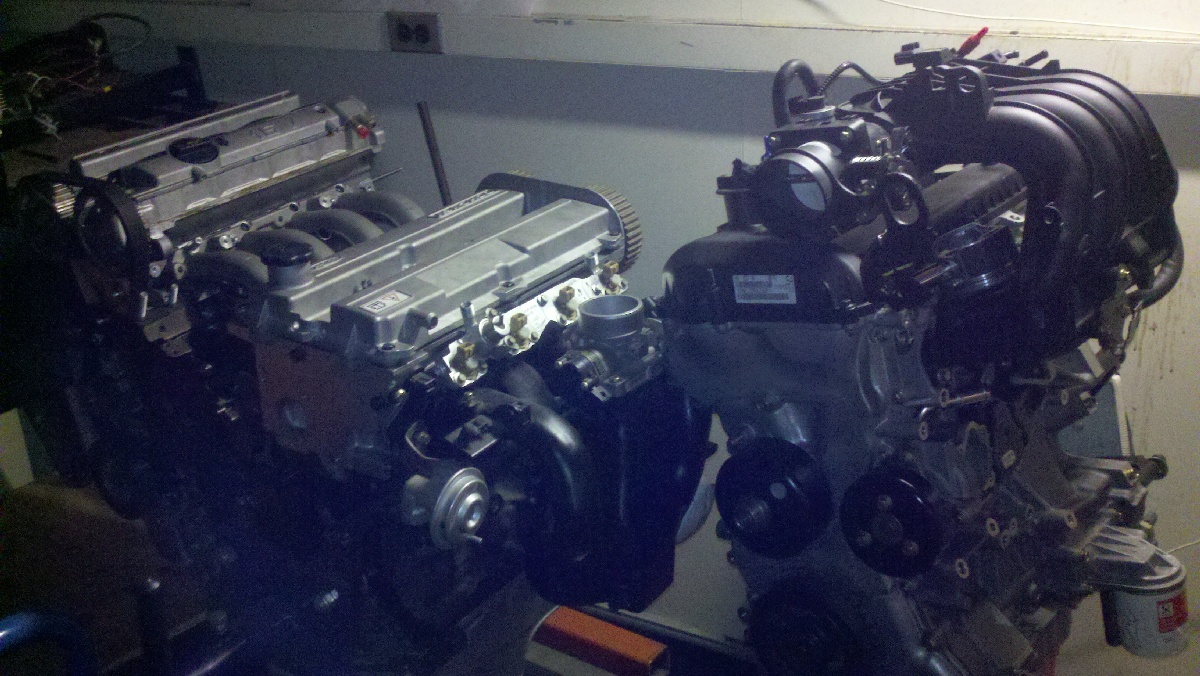
An array of retired research engines kept in storage for assembly/disassembly teaching activities. This is a reminder that, aside from cutting edge research the Sloan Auto Lab is also a teaching lab.

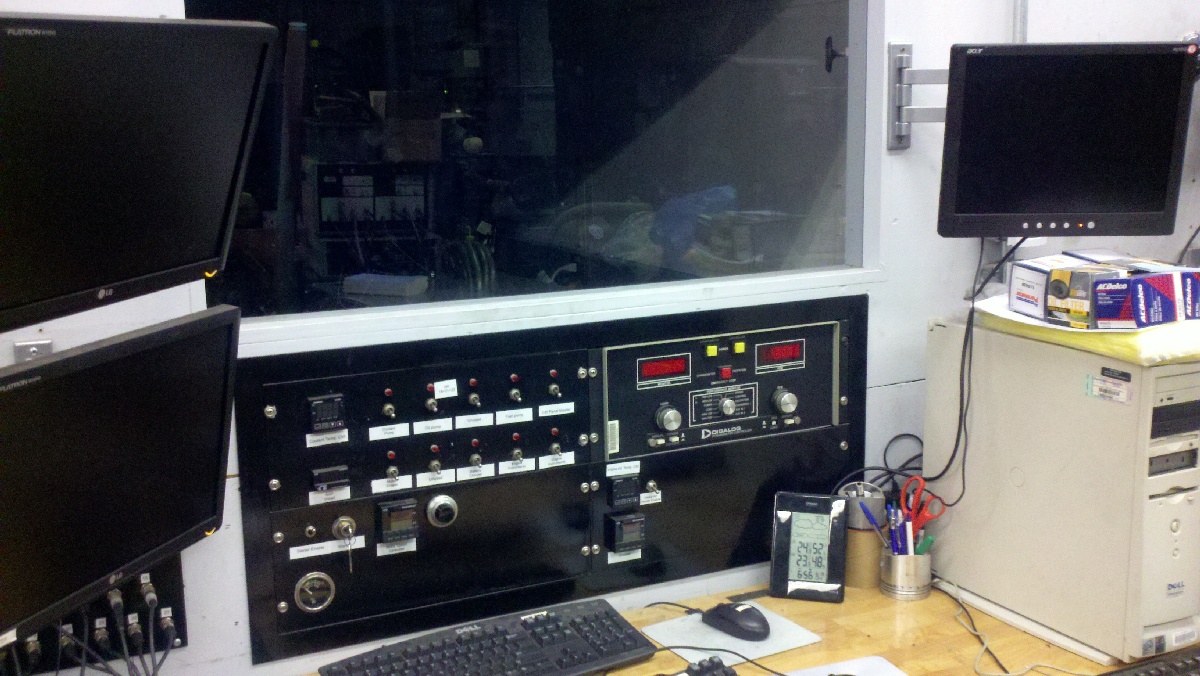
This is the control centre outside the GM Ecotec LNF engine experiment test cells.

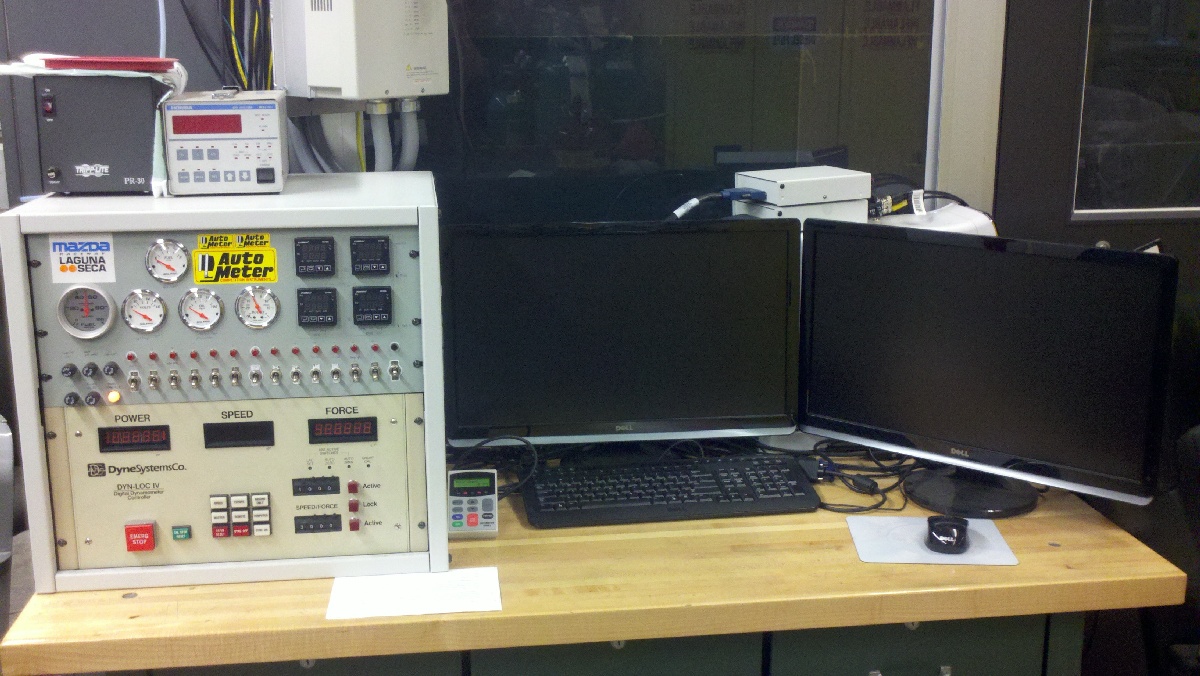
This is the control centre outside the LIF Optical-access Mazda Rotary engine test cell.
Nova: Car of the Future
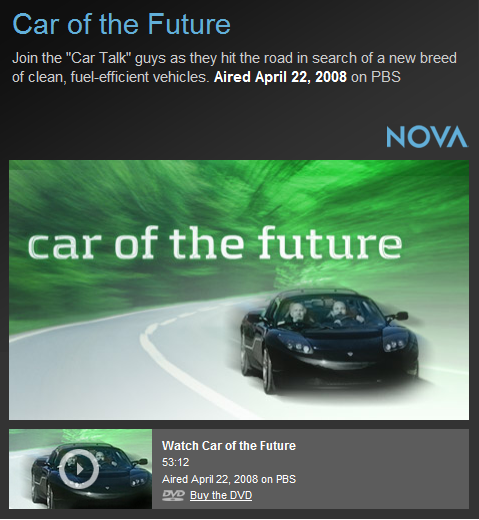
Nova: Car of the Future
Two-Stroke Cycle Engine: It's Development, Operation and Design
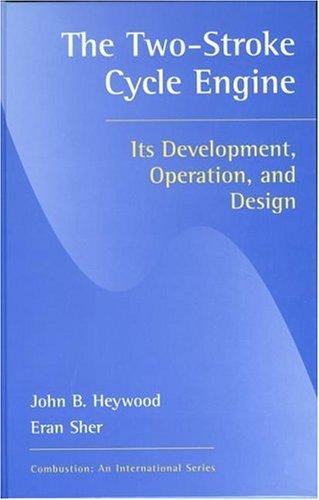
Two-Stroke Cycle Engine: It's Development, Operation and Design by John B. Heywood, Eran Sher
Internal Combustion Engine Fundamentals
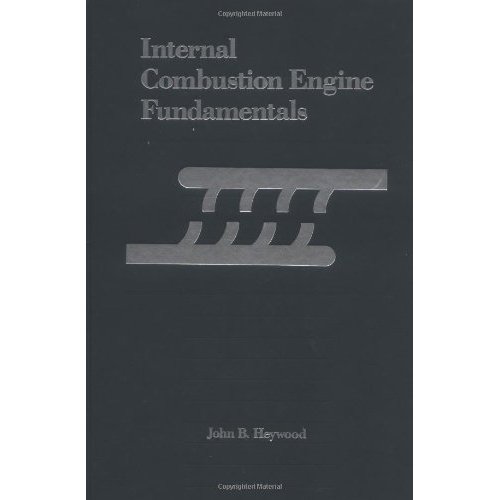
Internal Combustion Engine Fundamentals by John B. Heywood
